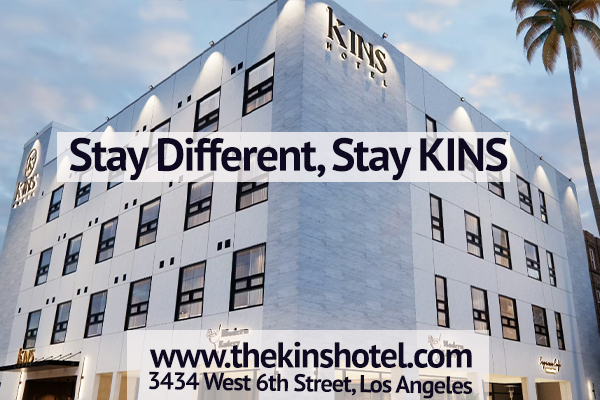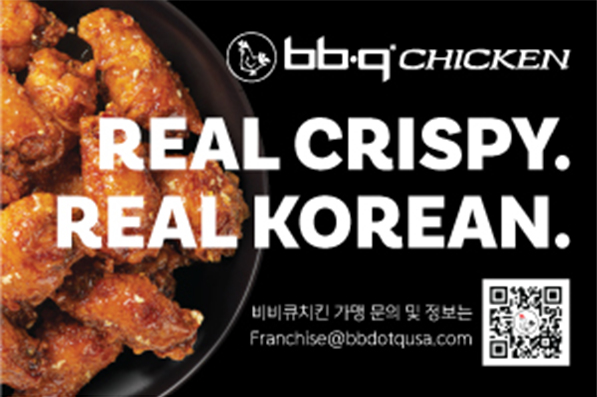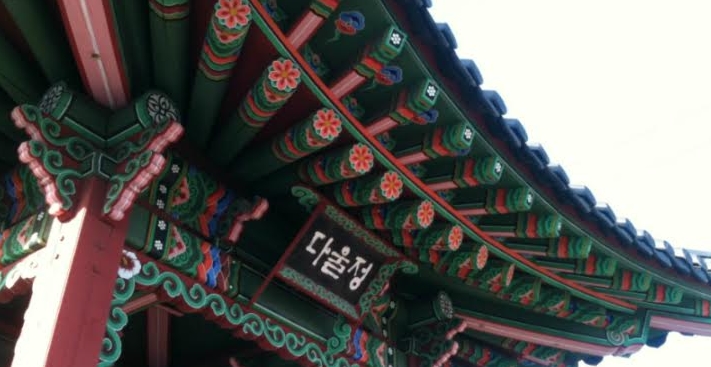
Nestled in the vibrant heart of Koreatown, Los Angeles, the Koreatown Pavilion Garden, known as Da Wool Jung, serves as a gateway monument celebrating the Korean American community’s cultural, economic, and political progress of the Korean American community.
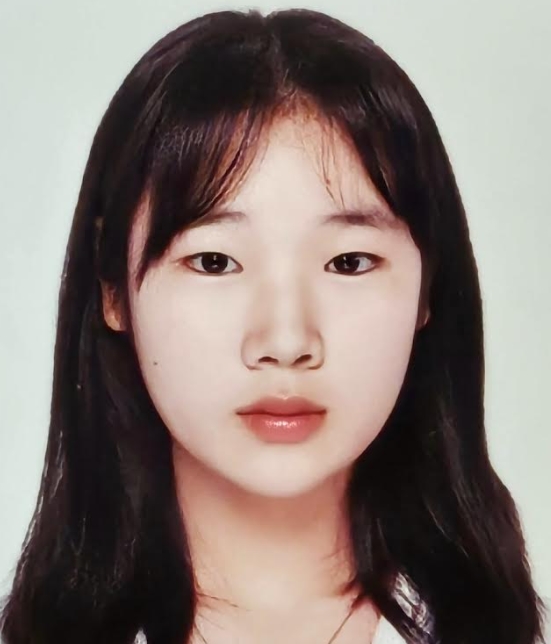
The garden embodies a mix of cultures and urban renewal. It serves to be a peaceful garden, thoughtfully designed to blend traditional Korean aesthetics with contemporary features, providing a tranquil escape from the surrounding bustling city.
Koreatown, a neighborhood known for its vibrant culture and bustling business, has a history that dates back to early 20th century immigration. As Korean immigrants moved to Los Angeles, they created a cultural community that has grown into one of the city’s most vibrant areas.
The Koreatown Pavilion Garden was designed to celebrate the preservation of Korean heritage while enhancing the urban landscape. Traditional Korean landscapes inspire the design of the garden, which is primarily influenced by the concept of the “Hanok,” a traditional Korean house, and the “Jeongja,” a type of pavilion found in Korean gardens. Hanok architecture emphasizes a connection with nature, with curved roofs and open courtyards. Similarly, Jeongja pavilions serve as spaces for reflection and collective gathering, in keeping with the garden’s purpose as a communal and meditative space.
At the center is an open-air pavilion made of pine wood stained in traditional shades of green, rust, and red. Da Wool Jung’s design is a harmonious blend of traditional Korean aesthetics and modern urban landscaping. It features a thoughtfully arranged landscape with flowing water features, intricately designed rock formations, and carefully selected plant species.
Beyond its aesthetic and unique design, Da Wool Jung plays an important role in Koreatown’s cultural and social life. The garden serves as a popular spot for community gatherings, cultural festivals, and educational activities. It is a place where traditional Korean events take place, helping to maintain cultural traditions and bring the community together.
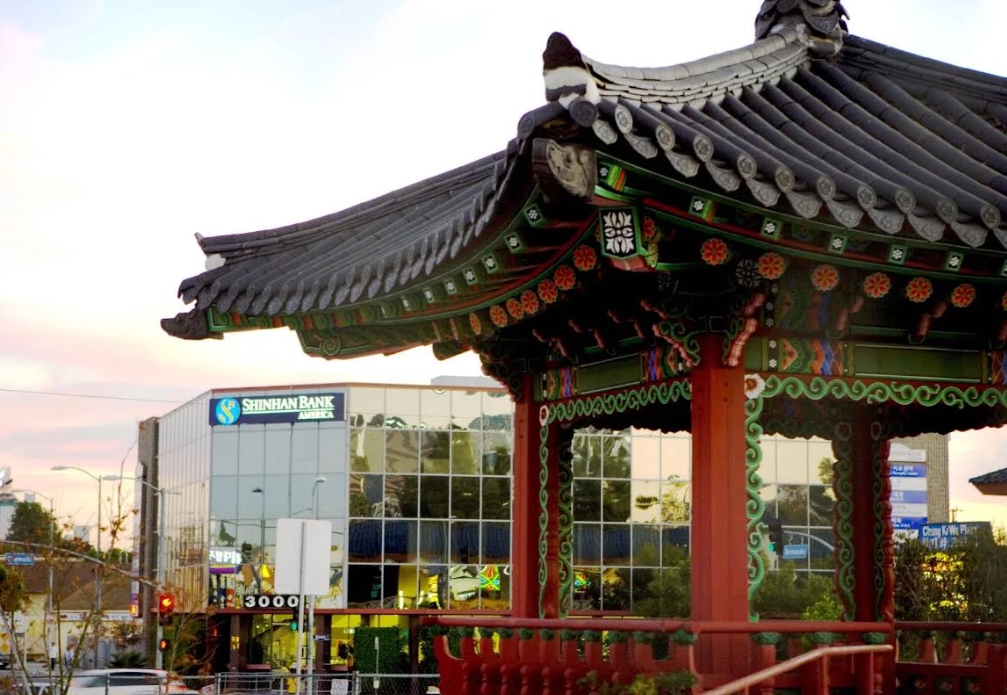
The garden also plays a role in reflecting a growing trend of adding green spaces to cities. As urban areas become more crowded and depleted with pollution, places like the garden provide a much-needed escape from the bustling surroundings. Not only do these green spaces provide good for the eyes, but they also offer important benefits for the environment, such as improving air quality and creating habitats for small local wildlife. By providing a peaceful area for relaxation and communal activities, Da Wool Jung helps strengthen the bonds between people while promoting a healthier city environment.
The Koreatown Pavilion Garden represents a harmonious fusion of cultural heritage and modern design. Its thoughtful integration of traditional Korean elements with its contemporary landscaping shows its significance as both a cultural landmark and a lively green space.
As Koreatown continues to evolve, Da Wool Jung stands as a symbol of pride and environmental conservancy, offering a tranquil retreat that also celebrates the rich history of Korean heritage within the heart of Los Angeles. Located near the site of the first Korean grocery store which opened in the 1960s, the garden serves as a reminder of the beginnings of Koreatown and the resilience of its immigrants who set the foundation for building a thriving culture amidst challenges.
![]()
<Kailyn Hahn Student Reporter>haneul24kh@gmail.com
Kailyn Hahn is a sophomore at Fairfax High School.




